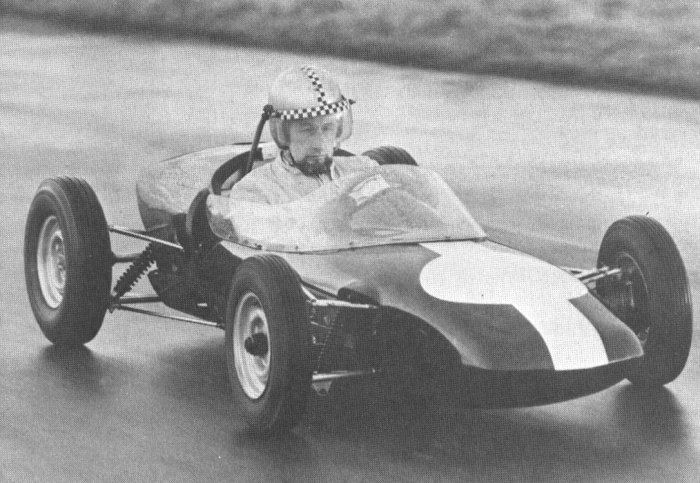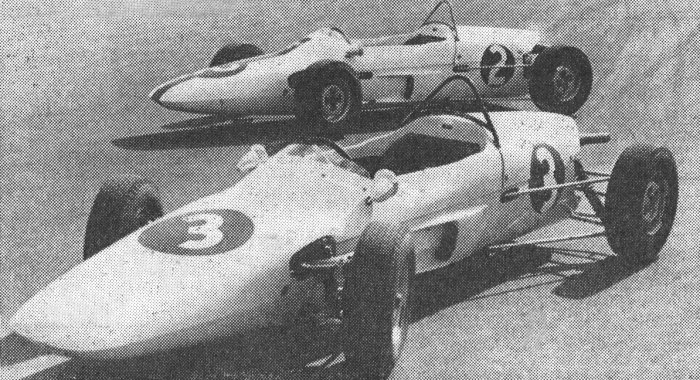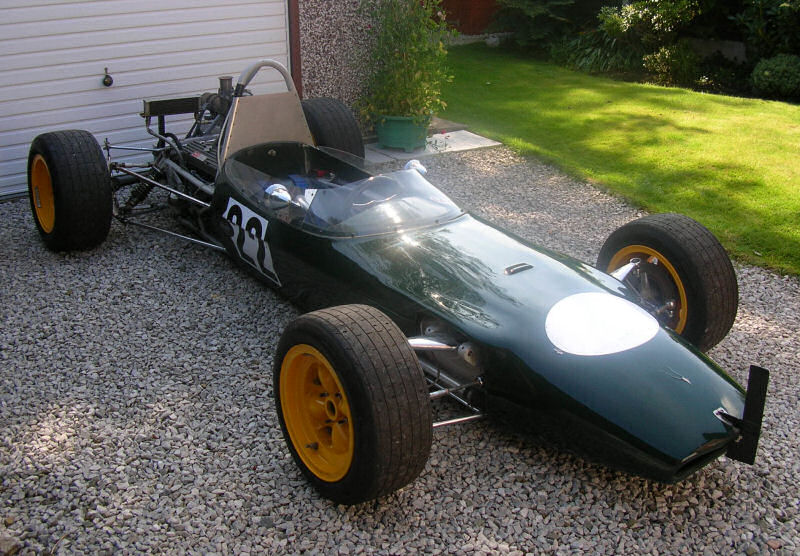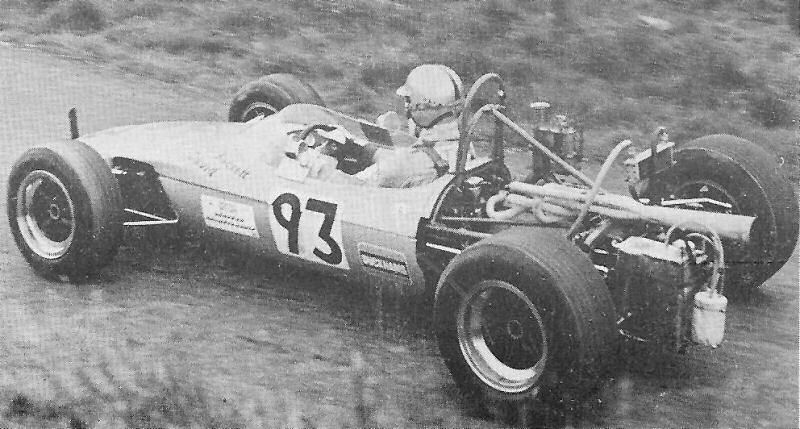JW4
A JW4 chassis took part in one race at Stockholm in September 1967, driven by Sigvard Johansson it was unplaced. The JW4 was first built in 1965 by Johnny Walker for F4 racing, originally they were fitted with a 250cc Villiers Starmaker engine but the engine proved unreliable. The car was rebodied for 1966 and a number of the cars were sold to customers. In 1967 Walker approached legendary aerodynamacist Frank Costin (creator of the F1 Vanwall bodywork) to design a new car, work was slow due to financial constraints and although the car was finished late in the year and tested successfully Walker decided to retire from racing. The car raced by Johansson was the later Costin design and was fitted with the three-cylinder, two-stroke 850cc Saab engine that was fitted in the Saab 96 model introduced in 1960, this was the most powerful of the Saab engines.
Thanks to Peter Johansson for additional information.
Drivers
1967 Sigvard Johansson.










